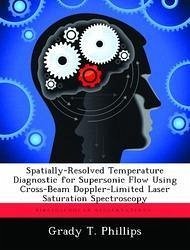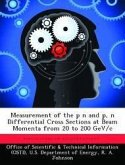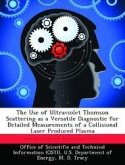Optical techniques for measuring the temperature in three-dimensional supersonic reactive flows have typically depended on lineshape measurements using single-beam laser absorption spectroscopy. However, absorption over extended path lengths in flows with symmetric, turbulent eddies can lead to systematically high extracted temperatures due to Doppler shifts resulting from flow along the absorption path. To eliminate these problems and provide full three-dimensional spatial resolution, two variants of laser saturation spectroscopy have been developed and demonstrated, for the first time, which utilize two crossed and nearly copropogating laser beams. Individual rotational lines in the visible I2 X 1?(0+g )? B 3?(0u+ ) transition were used to develop the two diagnostics to support research on the Chemical Oxygen-Iodine Laser (COIL), the weapon aboard the USAF Airborne Laser. Cross-Beam Saturation Absorption Spectroscopy (CBSAS) and Cross-Beam Inter-Modulated Fluorescence (CBIMF) were demonstrated as viable methods for recording the spectral signal of an I2 ro-vibrational line in a small threedimensional volume using a tunable CW dye laser. Temperature is extracted by fitting the recorded signal with a theoretical signal constructed from the Doppler-broadened hyperfine components of the ro-vibrational line.








